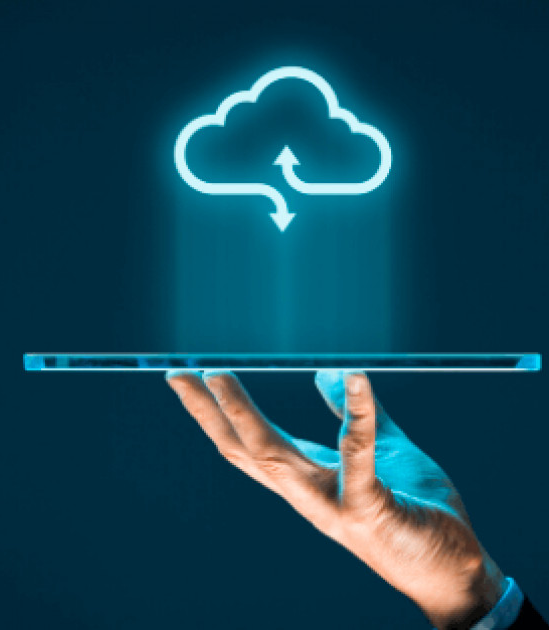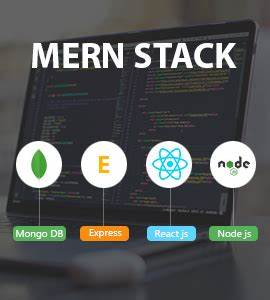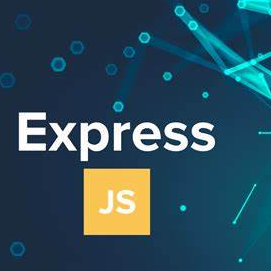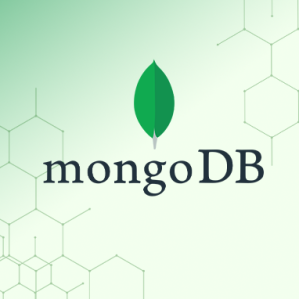Cloud Computing
Original price was: ₹30,000.00.₹27,000.00Current price is: ₹27,000.00.
Cloud computing is a technology paradigm that involves delivering computing services over the internet, providing access to a shared pool of computing resources such as servers, storage, databases, networking, software, analytics, and more. Instead of owning and maintaining physical hardware and infrastructure, users can access and use computing resources on a pay-as-you-go or subscription basis from a cloud service provider.
Description
Cloud computing is a technology paradigm that involves delivering computing services over the internet, providing access to a shared pool of computing resources such as servers, storage, databases, networking, software, analytics, and more. Instead of owning and maintaining physical hardware and infrastructure, users can access and use computing resources on a pay-as-you-go or subscription basis from a cloud service provider.
Key characteristics of cloud computing include:
- On-Demand Self-Service: Users can provision and manage computing resources as needed without requiring human intervention from the service provider.
- Broad Network Access: Cloud services are accessible over the internet from a variety of devices, such as laptops, smartphones, and tablets.
- Resource Pooling: Cloud providers pool and share computing resources among multiple users, allowing for more efficient resource utilization and cost savings.
- Rapid Elasticity: Cloud resources can be quickly scaled up or down based on demand. This elasticity enables users to handle varying workloads and avoid over-provisioning.
- Measured Service: Cloud computing resources are metered, and users are billed based on their usage. This pay-as-you-go model provides cost transparency and flexibility.
Cloud computing is typically categorized into three service models and four deployment models:
Service Models:
- Infrastructure as a Service (IaaS): Provides virtualized computing resources over the internet. Users can rent virtual machines, storage, and networking.
- Platform as a Service (PaaS): Offers a platform allowing customers to develop, run, and manage applications without dealing with the complexity of infrastructure. PaaS includes development tools, databases, and application hosting.
- Software as a Service (SaaS): Delivers software applications over the internet on a subscription basis. Users can access software without worrying about installation, maintenance, or upgrades.
Deployment Models:
- Public Cloud: Resources are owned and operated by a third-party cloud service provider and made available to the general public. Examples include Amazon Web Services (AWS), Microsoft Azure, and Google Cloud Platform (GCP).
- Private Cloud: Resources are used exclusively by a single organization. It can be managed by the organization or a third party and can be located on-premises or off-premises.
- Hybrid Cloud: Combines public and private clouds, allowing data and applications to be shared between them. This provides greater flexibility and optimization of existing infrastructure.
- Community Cloud: Shared infrastructure is provisioned for exclusive use by a specific community of organizations with shared concerns (e.g., security or compliance requirements).
Cloud computing has become a fundamental technology in the modern IT landscape, offering businesses and individuals the ability to access scalable and cost-effective computing resources without the need for significant upfront investments in hardware and infrastructure. It has transformed the way organizations build, deploy, and manage applications and services.





Reviews
There are no reviews yet.